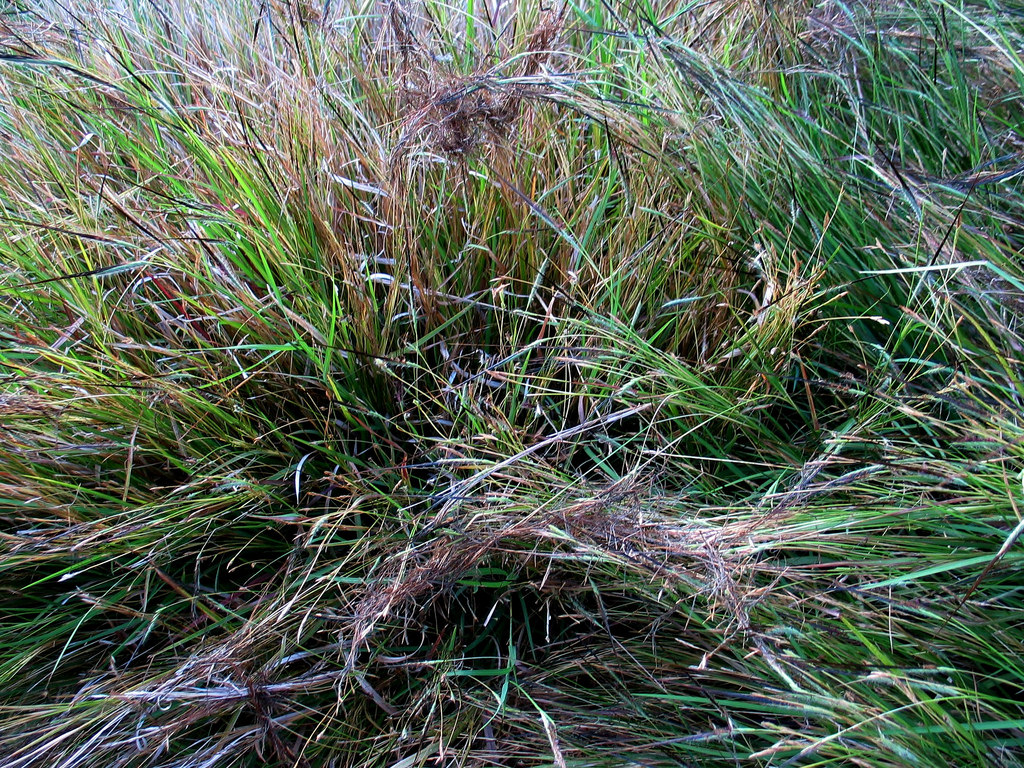Have you ever heard of tanglehead? If you haven’t, you’re not alone. Tanglehead is an ordinary-looking grass that is taking over parts of south Texas. It spreads fast and boots out other plants in the process. That sounds like the behavior of an invasive species – but it isn’t. In this case, tanglehead is native to south Texas. It’s become a problem nevertheless.
David Wester, professor and research scientist at the Caesar Kleberg Wildlife Research Institute at Texas A&M University-Kingsville, says the institute began getting questions about tanglehead around 15 years ago, as the grass spread.
“Traditionally, a lot of the ranching enterprises in south Texas have been livestock-based, and 15 or 20 years ago, a number of landowners began to switch from livestock-based enterprises to wildlife-based enterprises,” Wester says. “So ranches were destocked. And tanglehead is the kind of grass that tends to increase when grazing pressure is relieved.”
Wester says changing weather patterns have also contributed to tanglehead’s rise.
It’s the dramatic increase in tanglehead that has caused problems, even though the grass is native to south Texas, Wester says. Tanglehead crowds out other species of plants. And that, in turn, degrades the wildlife habitat, including that of the bobwhite quail.
“We’ve got a tremendous amount of diversity down here in terms of plants and animals and insects and birds,” Wester says, “and I think the important thing is to keep tanglehead in its place. And if we can just develop and implement management practices that maintain that, I think that’s the direction we need to look.”
Written by Shelly Brisbin.















